56,300 yuan! Leica doubles down on fixed-lens cameras, aiming to avoid Kodak's fate?
![]() 10/07 2024
10/07 2024
![]() 578
578
Fixed-lens cameras are trending.
On September 27, Leica suddenly unveiled the new Q series product, the Leica Q3 43 Special Edition. As the name suggests, it changes the equivalent focal length from the standard 28mm of the Q3 to 43mm, while the other hardware configurations remain unchanged. You can think of it as a Leica Q3 with a new lens (but no improvement in quality). The price has increased from the previous 50,800 yuan to 56,300 yuan, indicating that this slight change in focal length has indeed increased the production cost.
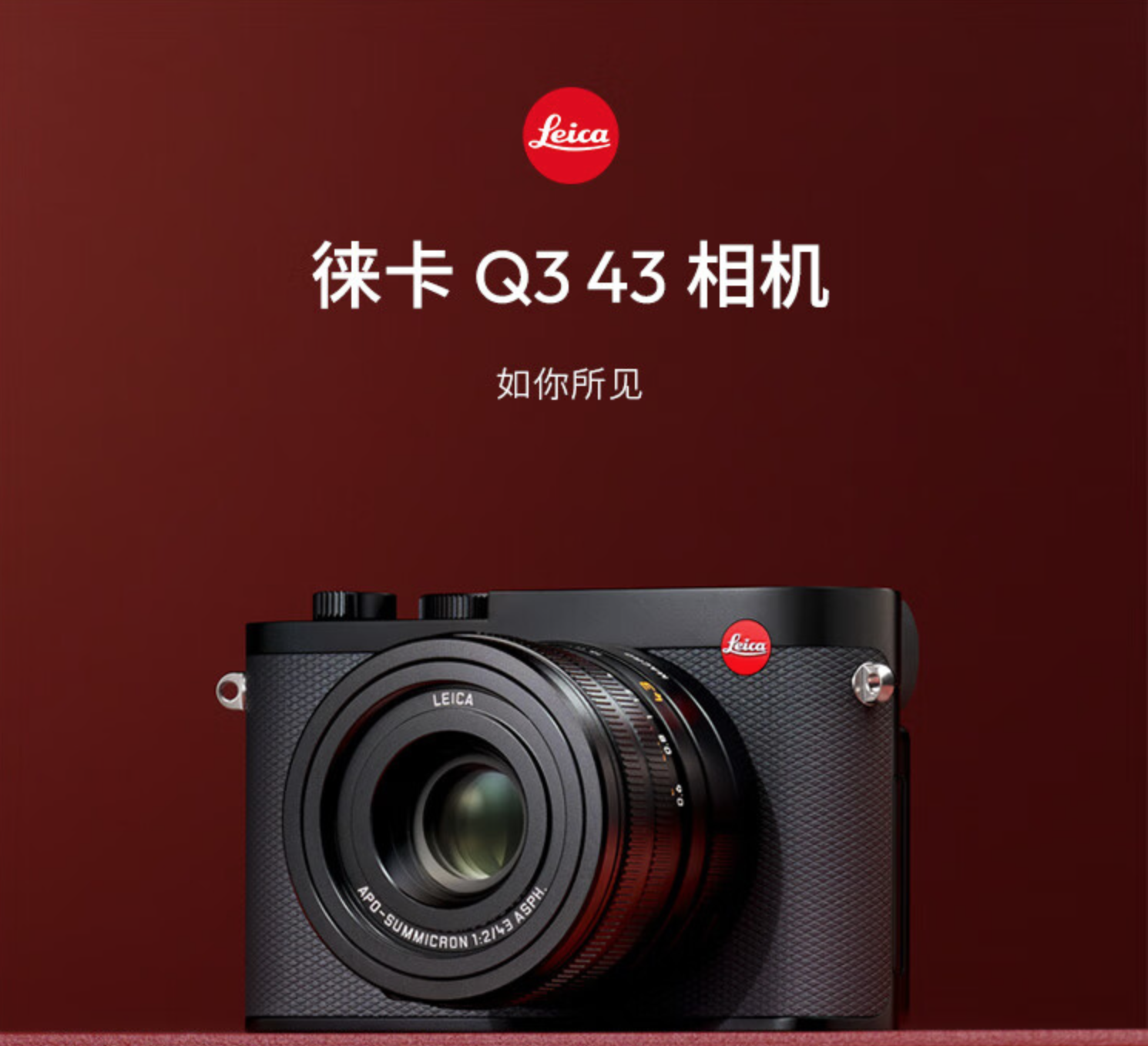
(Image source: Leica official)
To backtrack, in my memory, Leica's previous special editions of the Q series mainly focused on aesthetics and color schemes, with hardware modifications being a first. So, does this "new" Leica Q3 justify the price increase of over 5,000 yuan, and can it become Leica's next best-selling model?
More features, higher price: Where does Leica's confidence come from?
First, let's talk about the product itself. The Leica Q3 43 Special Edition shares the same major hardware configurations as the standard Leica Q3: a 60-megapixel full-frame sensor, an ISO sensitivity range of 50-100,000, a new Maestro IV processor, 8GB of buffer memory, capable of quickly processing RAW DNG files of approximately 70MB each, support for 8K 30fps video recording, H.265, ProRes encoding, and a new hybrid autofocus system.
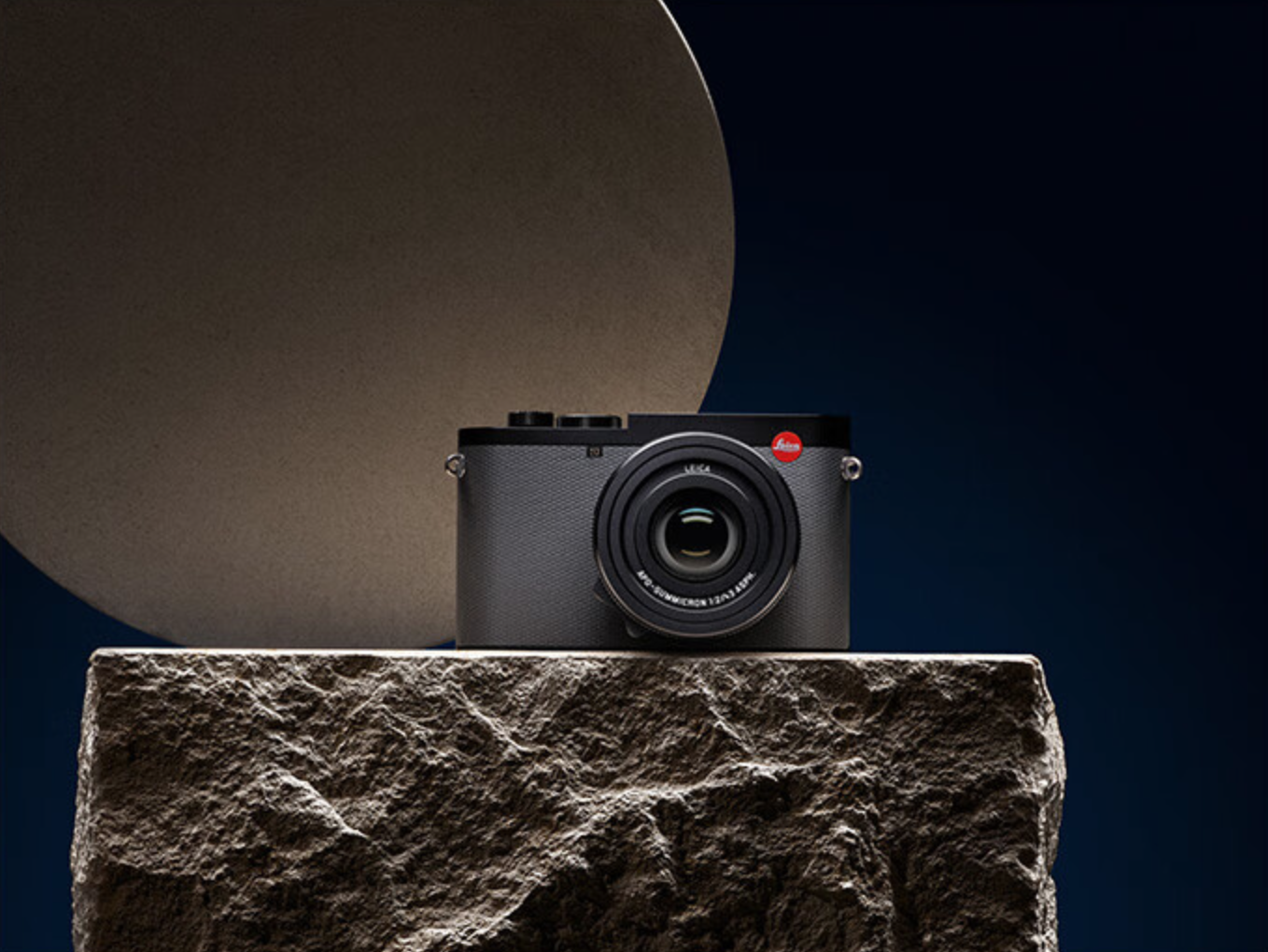
(Image source: Leica official)
The Leica Q3 43 Special Edition features a new APO-Summicron 43mm f/2 ASPH. lens. According to Leica, this lens uses 8 groups and 11 optical elements, carries the APO designation, and is an apochromatic lens, known as a "double A" lens among Leica users. Compared to mainstream Summilux ASPH lenses, it boasts more luxurious materials and offers improvements in image quality and resolution, though at a significantly higher price point.

(Image source: Leica official)
I did some research and found that among Leica's lens lineup, only the APO 35mm f/2 ASPH lens comes close in quality and focal length to this fixed lens. However, its price is 70,080 yuan. In other words, you can think of it as buying a lens and getting a camera body for free.
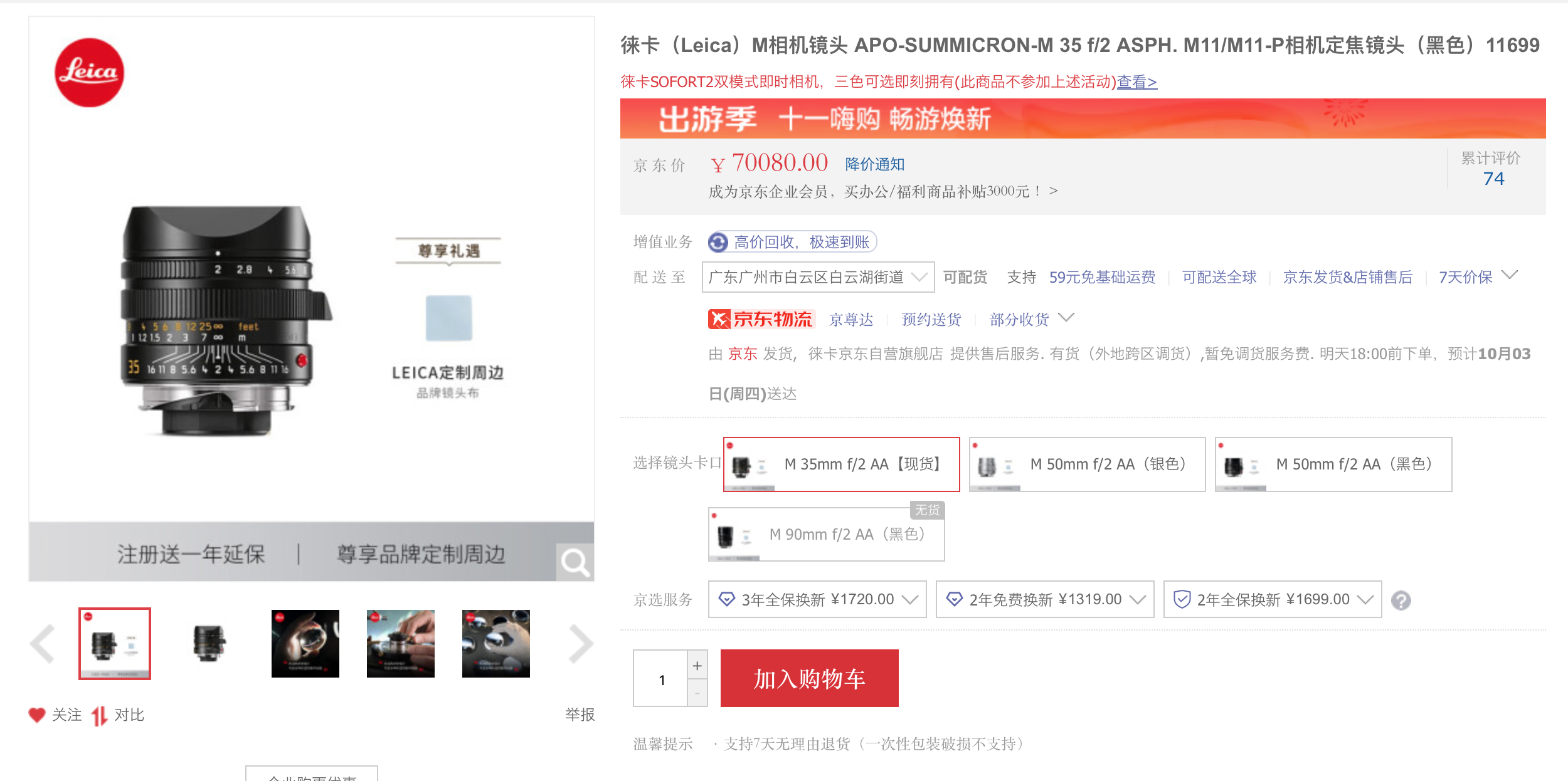
(Image source: Leica official)
Nevertheless, the biggest upgrade of the Leica Q3 43 Special Edition lies in the change of focal length from 28mm to 43mm, which I fully endorse. The 28mm focal length can be challenging for framing, especially for first-time users of the Leica Q series who might struggle to find the right angle. While this focal length is ideal for capturing humanistic themes, it overlaps with smartphone camera focal lengths and may not be particularly interesting for most users.
The new 43mm focal length, falling between 35mm and 50mm, offers a longer reach and simpler framing. Coupled with an F2 maximum aperture, it produces pleasing bokeh effects across various subjects.
Furthermore, due to the change in base focal length, the Leica Q3 43 Special Edition's built-in digital zoom options have been adjusted to 60mm, 75mm, 90mm, 120mm, and 150mm, providing a wider shooting range than previous Q3 models. Some may mistakenly believe that image quality deteriorates significantly when zooming to 150mm, fearing excessive noise and blurring. However, thanks to the Leica Q3 series' triple resolution technology, image quality remains impressive.
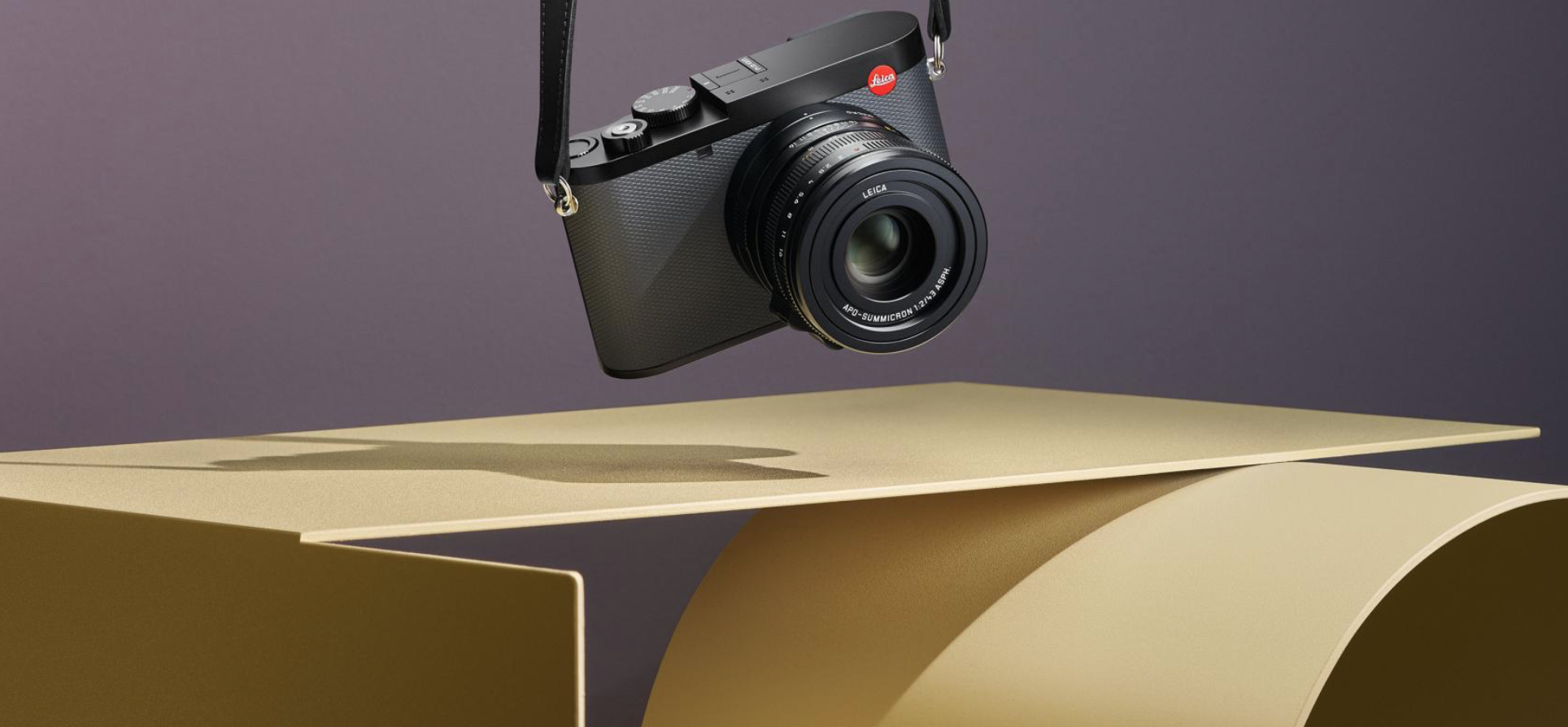
(Image source: Leica official)
The Leica Q series is inherently pricey, making it a luxury product for many photography enthusiasts. Nevertheless, the Leica Q3 43 Special Edition offers better value than its predecessor, with the "double A" lens alone justifying the price difference of over 5,000 yuan.
Targeting semi-professional users: The rise of fixed-lens cameras
Have you noticed the growing popularity of fixed-lens cameras (non-interchangeable lens cameras) in recent years? Cameras like Fujifilm's X100VI and Ricoh's GR3X have garnered significant attention online, often selling out and fetching premiums of over 40% from resellers. They are arguably the most value-retaining cameras in the current market.
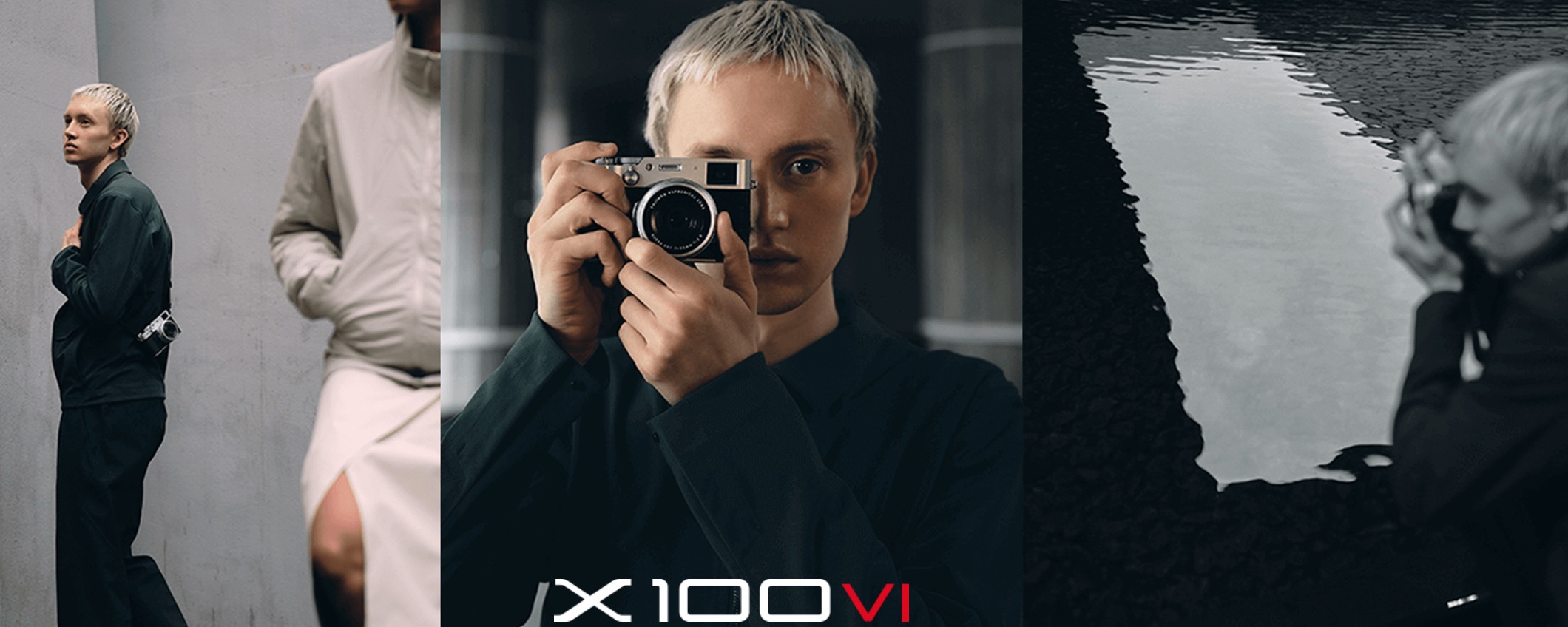
(Image source: Fujifilm official)
Leica clearly doesn't want to miss out on this trend. The Q3 43 Special Edition represents an important attempt to capture this market. Unlike Fujifilm and Ricoh, the original Q series struggled with accessibility and high prices, failing to generate significant buzz. By switching from 28mm to 43mm, Leica aims to attract more beginner photographers and potentially boost sales.
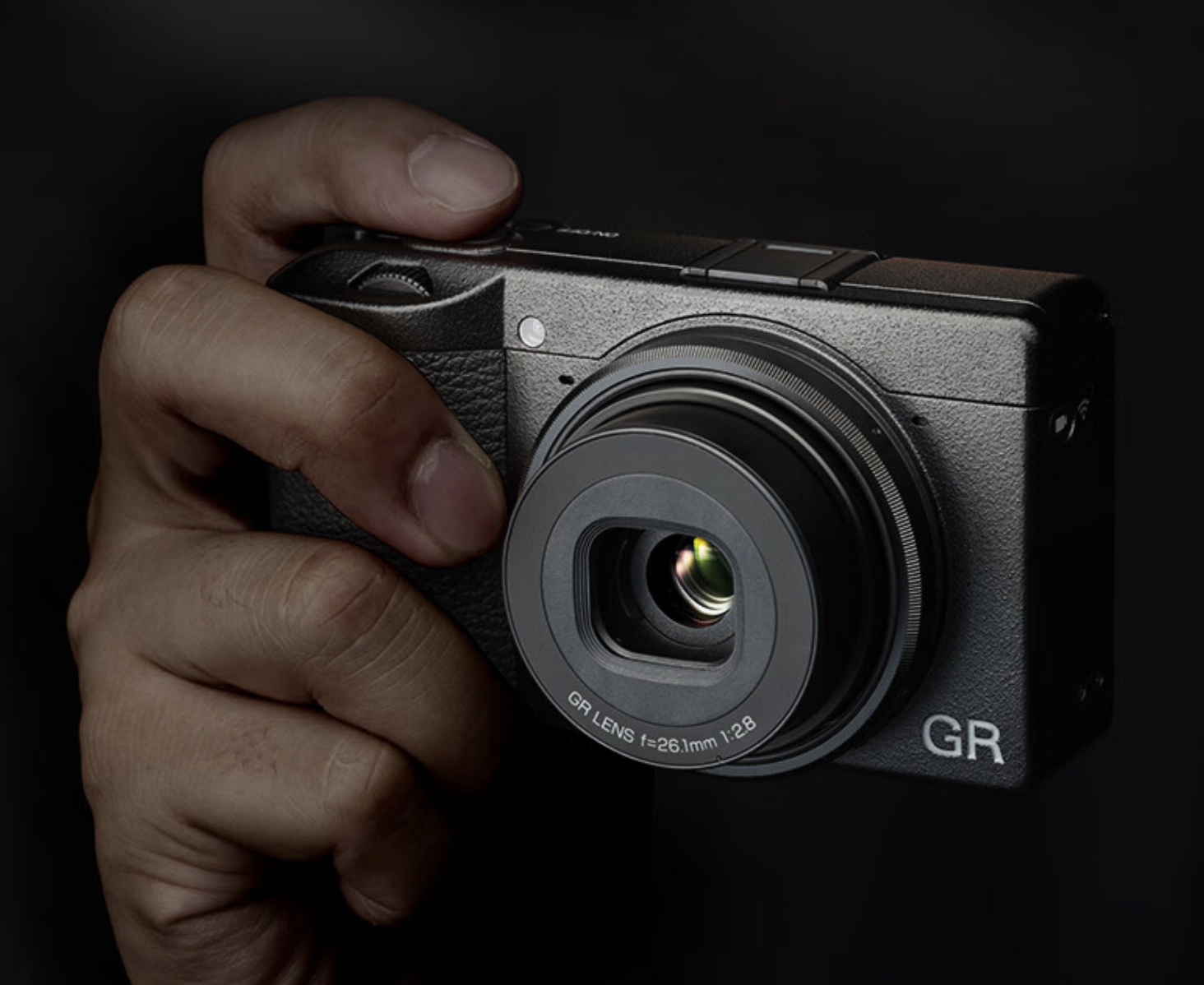
(Image source: Ricoh official)
Fixed-lens cameras are favored for their superior image quality compared to zoom lenses of the same focal length. They also encourage more thoughtful framing since users cannot change focal lengths or lenses. This benefits beginners and street photographers who no longer need to worry about selecting the right lens for each scene. With fewer lenses to carry, they can travel lighter and be inspired by hardware limitations, embodying the philosophy of "less is more."
In my view, fixed-lens cameras return to photography's roots, simplifying the process and making it more accessible. This aligns with the trend of making professional photography more mainstream as smartphone cameras continue to advance. Cameras like Fujifilm's X100 series and Ricoh's offerings, with their stylish designs, built-in filters, and ease of use, have become favorites among beginners and street photographers. Not all photography enthusiasts have the time or inclination to learn post-processing and framing; providing a camera that can capture decent photos with a simple shutter press is crucial for mass-market professional cameras.
However, fixed-lens cameras also have drawbacks. While portable, they are typically not full-frame, performing poorly in low-light conditions compared to full-frame cameras. This is one reason I've hesitated to purchase the Fujifilm X100VI.
The Leica Q3 43 Special Edition addresses this issue with its 60-megapixel full-frame sensor and Leica's proprietary algorithms, making it one of the most powerful portable fixed-lens cameras available.

(Image source: Leica official)
Many readers may wonder why Leica, Fujifilm, and Ricoh are focusing on this niche market instead of mainstream products. The truth is, they cannot compete with giants like Nikon, Sony, and Canon in the full-frame mirrorless camera market. By specializing in niche products, they can carve out a unique position.
While these manufacturers may not excel in autofocus and lens selection compared to their competitors, they differentiate themselves through unique product lines. By targeting semi-professional users who fall between casual photographers and professionals, they can offer products like fixed-lens cameras that meet their needs.
Avoiding Kodak's fate: Leica becomes more accessible
Recent product updates show that Leica's strategy is evolving.
Early Leica products were positioned as high-end luxury items, limiting their reach to a niche audience. However, Leica has since refined its product line, collaborating with mass-market brands like Xiaomi to introduce more affordable entry-level cameras. It even launched the Leica SOFORT 2, a product with limited features but an accessible price tag of just over 3,000 yuan (for reviews, search "Leica SOFORT 2 review" online).

(Image source: Leica official)
The Leica Q3 43 Special Edition embodies Leica's new approach to the imaging market. While its near-60,000 yuan price tag may prevent it from achieving the sales success of Fujifilm or Ricoh, it will undoubtedly encourage more camera manufacturers to enter the fixed-lens camera market. Even Nikon, a powerhouse in the industry, has followed Fujifilm's lead by introducing retro-styled cameras.
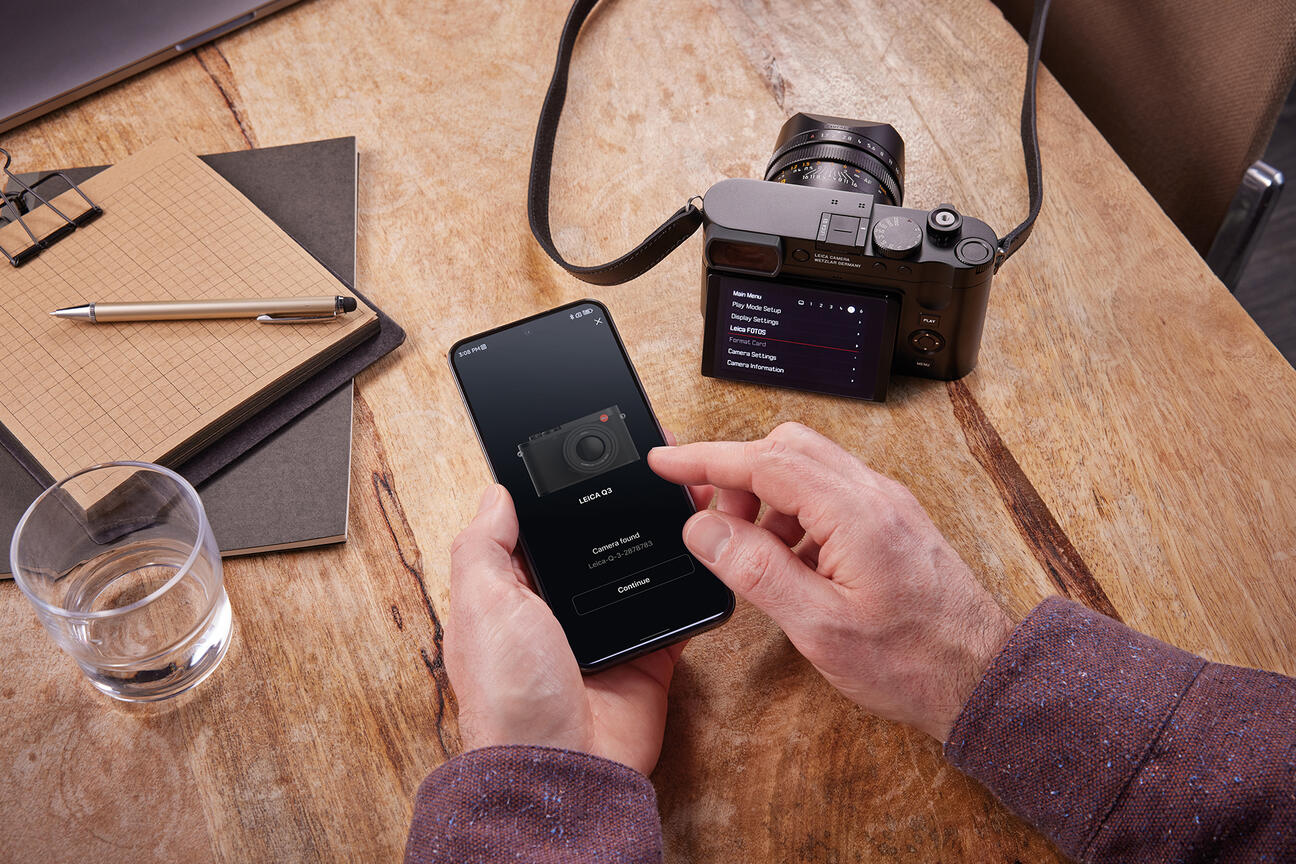
(Image source: Leica official)
Accessibility aside, Leica must maintain its professional imaging standards, surpassing even the best smartphone cameras. Finding the right balance between exclusivity and affordability is crucial. If consumers lose faith in Leica's imaging quality or camera culture, the brand's existence may be jeopardized.
Kodak, once a dominant force in photography, is now largely forgotten. At IFA 2024, Leica's booth stood in stark contrast to that of DJI and Lexar, showcasing the decline of once-powerful brands. Culture needs to be preserved, and if young people no longer embrace it, Leica risks becoming the next Kodak.
Source: Leitech








